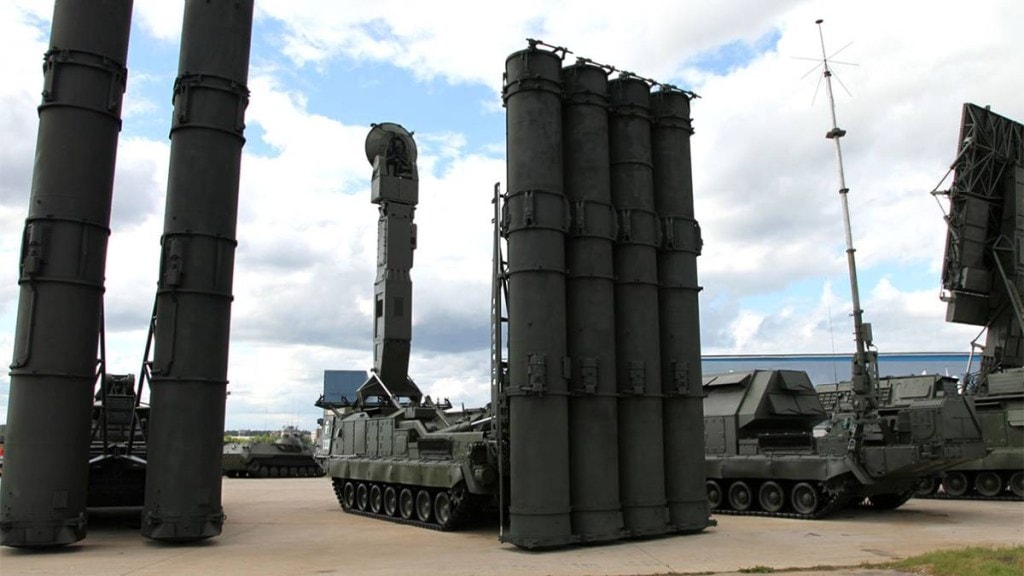Russia has placed its advanced Sarmat nuclear missile system on ‘combat duty.’ This move holds significant implications not only for Russia but also for global security.
On Friday, TASS news agency quoted Yuri Borisov, Russian space agency chief saying the new intercontinental ballistic missile system is now in service.
Head of the Russian space agency Roscosmos, said Sarmat missiles have “assumed combat duty”, according to state-run TASS news agency.
The Sarmat Missile System: A Game-Changer
According to the information available in the public domain, the Sarmat missile system, officially known as RS-28 Sarmat, is an intercontinental ballistic missile (ICBM) developed by Russia. It’s designed to replace older-generation ICBMs from the 1980s, enhancing Russia’s nuclear capabilities.
What sets Sarmat apart are its features:
Capacity:
While Russian officials claim it can carry up to 15 nuclear warheads, the US military estimates its capacity to be around 10 warheads. This capacity makes it a formidable threat.
Speed and Range:
With a range of approximately 18,000 kilometres (11,000 miles), the Sarmat can reach virtually any location worldwide. Its impressive speed and range make it a potent weapon.
Stealthy Launch:
Sarmat’s short initial launch phase minimizes the time for surveillance systems to track its take-off, adding to its stealthy nature.
Multiple Warheads:
Sarmat can carry multiple warheads, referred to as Multiple Independently Targetable Reentry Vehicles (MIRVs), which allows it to strike multiple targets with a single missile.
The deployment of the Sarmat missile system carries several global security implications:
Deterrence:
Russian President Vladimir Putin has stated that the Sarmat would make Russia’s enemies “think twice.” It’s intended to serve as a deterrent against potential adversaries, discouraging aggressive actions.
Strategic Balance:
The Sarmat’s advanced capabilities may affect the strategic balance between nuclear-armed states. Other nations may feel compelled to respond with their own developments, potentially escalating arms races.
Nuclear Posture:
It underscores Russia’s commitment to maintaining a robust nuclear posture, reaffirming its status as a nuclear superpower.
Threat Perception:
The deployment of such advanced weaponry can raise concerns among Russia’s neighbours and the international community, affecting threat perceptions and military strategies.
Russia’s Nuclear Arsenal Modernization
The Sarmat missile system is just one component of Russia’s broader efforts to modernize its nuclear arsenal. President Putin has unveiled several advanced weapons, including the Kinzhal and Avangard hypersonic missiles. These advancements aim to ensure the credibility and effectiveness of Russia’s nuclear deterrent.
Challenges for Global Security
While Russia frames these developments as measures to ensure its security, they also pose challenges for global security:
Arms Control:
The deployment of advanced missiles complicates international arms control efforts. Existing treaties may need to be adapted or expanded to address these new technologies.
Regional Instability:
Neighbouring countries may perceive these developments as a threat, potentially fuelling regional instability and increasing the risk of conflict.
Strategic Stability:
The presence of more advanced and diverse nuclear capabilities can impact strategic stability, making it crucial for nations to engage in dialogue and confidence-building measures.
Russia’s deployment of the Sarmat missile system with its advanced capabilities, combined with its nuclear arsenal modernization efforts, reshape the dynamics of international relations.
